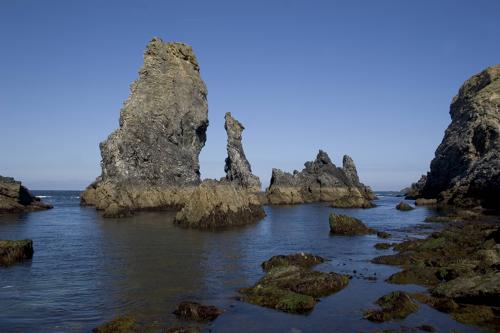The yellow train: maintaining a small line
Photo essays/Go to France/The yellow train: maintaining a small line
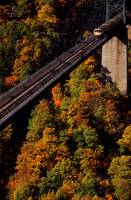
08JNG00597
le Train Jaune sur le pont Gisclard en automne, vallée de la Têt
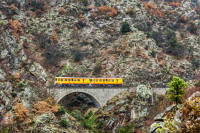
17JCM06472
Train Jaune
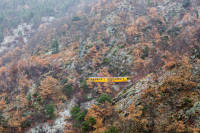
17JCM06473
Train Jaune
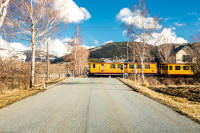
17JCM06474
Train Jaune

Get some fresh air on the Ile de Sein
With its elongated seahorse shape, the island of Sein does not resemble its name. Its modest dimensions, 1.8km by 0.5km on average, allow visitors arriving in the morning by boat to leisurely tour the area in less than two hours. With an average altitude of 1.5m, it is directly threatened by rising waters...
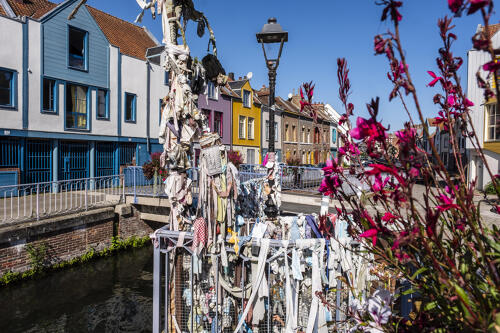
Amiens colors
Amiens is a city in the north of France, but no cold colors! Its Saint-Leu district has colorful facades and its “hortillonnages” which touch the city center are a set of plots of allotment gardens where flowers have their place. Overlooking them, the Perret Tower was the tallest skyscraper in France for 18 years. Discovering Amiens this summer allows you to see its cathedral lit up at night.
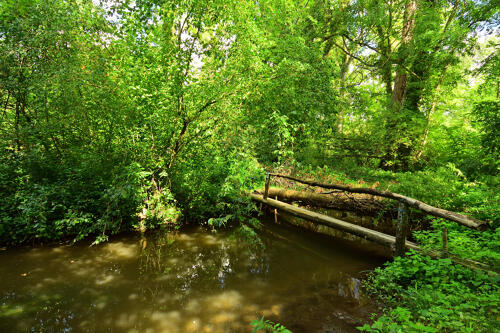
Automne valley... in summer!
The Automne valley is located in the south of Oise. Nicknamed the valley of 35 bell towers, what could be better than summer to cool off in its churches! Coincidentally, the length of Automne is 35km, it crosses the canton of Crépy-en-Valois before flowing into the Oise.

Basque Carnival next February
For eight days, the towns of Ciboure and Saint-Jean-de-Luz hold carnival. Dances, parades in traditional costumes, we find the bell ringers, the joaldunak who announce the arrival of the carnival, Artza with his sheepskin costume and horns, and Zanpanzar who after his trial ends up burned at the stake... Festivities which will take place next February.
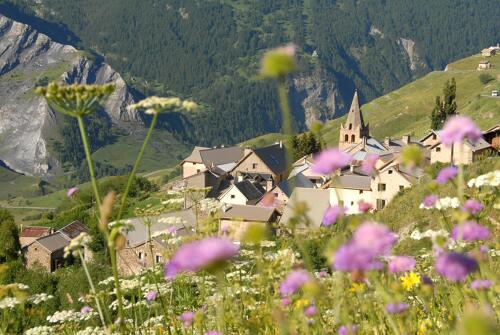
Go to the Grave this summer... or this autumn !
La Grave, one of the most beautiful villages in France is located in the Hautes-Alpes. Composed of many hamlets, hikes allow you to discover them. The latter offer beautiful views of the Meije, the imposing mountain, master of the landscape. The glacier cable car allows you to approach it, depositing tourists at the foot of the Girose glacier. The bravest can also climb on foot to the Evariste Chancel refuge, passing through the flowery meadows which can be discovered with the help of a guide.
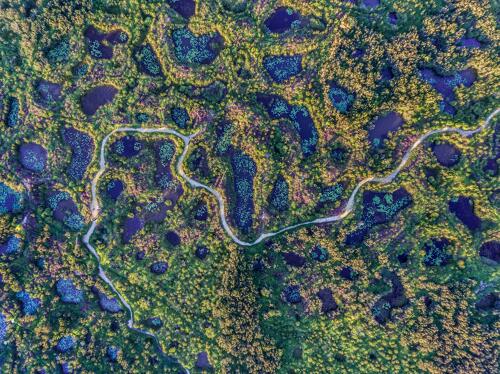
An other world in center France
In Vienne, men have transformed the landscape. For more than 1000 years, they dug the ground to extract gritstone which was used to grind grain in mills. Nearly 6,000 ponds have been created bringing together a particular fauna and flora that make this place today a national nature reserve. The broom heather is the most present vegetation, men have learned to use it by creating buildings entirely made of heather like sheepfolds. In aerial view, the Pinail turns into a moon with multiple craters!
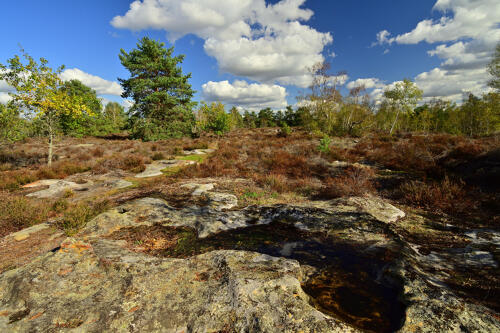
Coquibus, close to Paris
Close to Paris, here is a walk for city dwellers in need of nature and a change of scenery. The Coquibus platière in Essonne is a less well-known part of the forest of Fontainebleau. The change of scenery is these large sandstone plateaus, where you can discover an old quarry. Nature is medlar trees, butterflies, such as bombyxes or damselflies who love the many ponds.
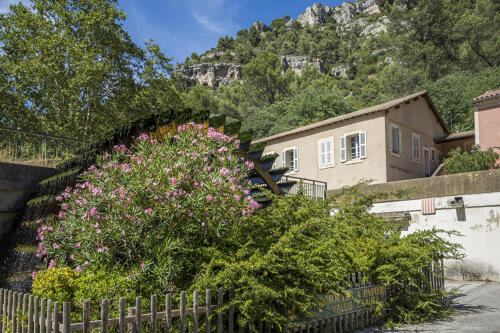
Holidays in Vaucluse
The department of Vaucluse is full of treasures to discover: Avignon, its bridge and its palace of the popes, Gordes and its village of bories and many other places to cool off! Pernes-les-fontaines with more than 40 fountains, Mont Ventoux where the temperature drops by ten degrees compared to the valley, the sources of the Sorgue to be discovered in the hollow of a cliff, which gives a river which divided into multiple arms whose temperature remains cool, the caves of Thouzon... A dream program for the summer!
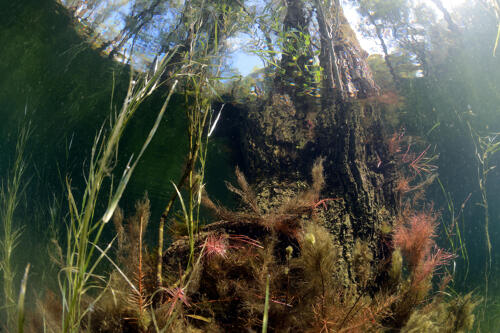
Immerse yourself in the nature of Orient Lake
It happens that the creations of man become havens of peace for nature! This is the case of Lac d'Orient (in the Grand-Est), the third largest artificial lake in France which hosts a variety of fauna, fish, molluscs and flora such as pondweed or elodea, creating aquatic landscapes of all beauty! Gaël Modrak, the author of the aquatic images is regularly awarded for his work.
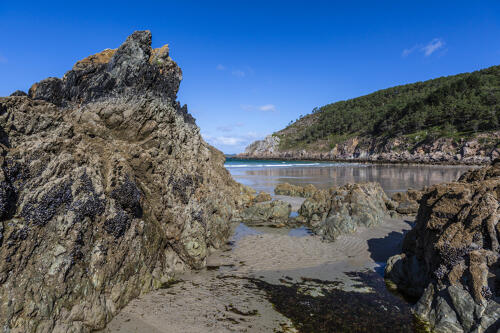
Armorique geopark
The Geopark Armorique extends from the delicate curves of the Monts d'Arrée to the steep multicolored cliffs of the Crozon peninsula, through moors and peat bogs populated by legends, or deep in ancient forests shrouded in mystery. . A Geopark… it is a territory which is distinguished by a profusion of remarkable landscapes and sites of major heritage interest, whether from a natural, cultural, historical, archaeological or industrial point of view, all of this being closely linked to the ubiquitous rock and the geology of the place. Here, 500 million years of geological history are offered to the gaze of those who walk the undulating paths in the heart of this unique territory in the world.
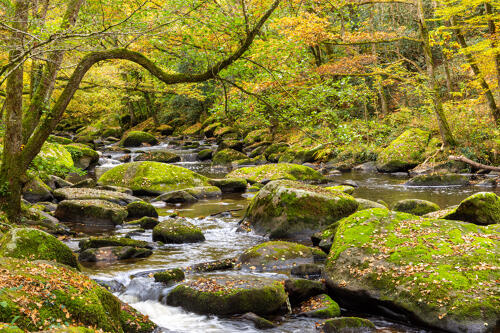
Creuse hollidays
The Creuse is far from being hollow in the fall! the national wool days will be held the last weekend of october in Felletin. The valley of painters straddling the department and Berry offers beautiful panoramas in the colors of autumn with the fortress of Crozant immortalized by many impressionists... Let yourself be carried away by the crossing rivers, the Sedelle, the Petite Creuse and villages like Gargilesse, classified as the most beautiful village in France...

Reims, the coronation city
It is almost all the kings of France who have been crowned within the cathedral of Reims. Discover its gargoyle bestiary, its hidden backstage... and its Asian tourists! Reims is also the lively life of Place Drouet-Derlon and its champagne.
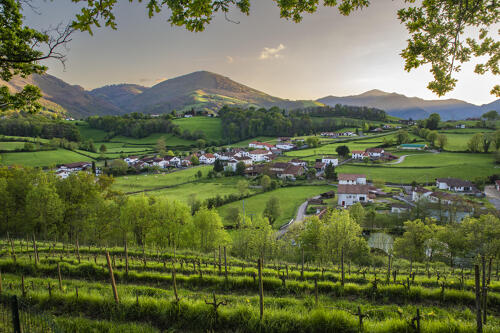
The freshness of the Basque Country
The Basque Country is known for its rainy weather, this could become a real asset with the hot weather ahead... Climb to the top of Mondarrain, stroll in the shade of the forests of Iraty, meet the Manech sheep, refresh yourself by discovering surfing on the beaches of Biarritz, Hendaye or Saint-Jean-de-Luz...
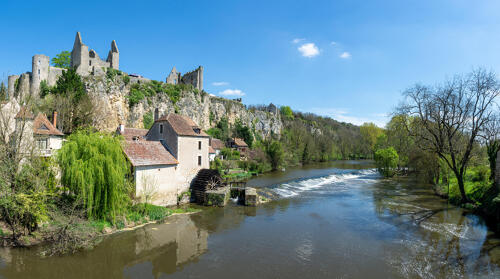
Vienne spring
Angles-sur-L'Anglin, one of the most beautiful villages in France, La Roche-Posay, known for its thermal baths, Chauvigny and its four castles and its bike-rail... Vienne is an ideal destination for a weekend rural.
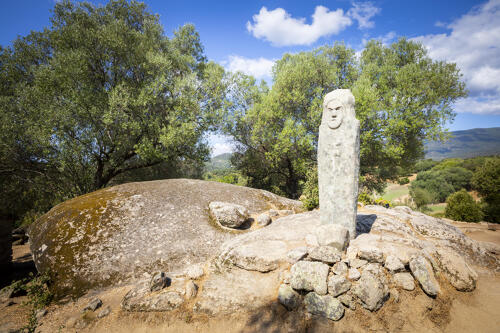
Statues or menhirs?
This fortified place in Corsica represents the still visible apogee of statuary art and Megalithism. The purpose of this monumental complex remains to be defined. Simple watchtower, storage room for wealth with obscure diverticula, places of power or meeting for a particular circumstance, shelters of an eminent figure in the community, or place of shamanism with ancestral beliefs, these monuments still challenge today .
All the fragments of statue-menhirs presented have been removed from the circular exterior facing or collected from the scree; they are supported or raised as close as possible to their location of discovery.

In the land of Agen prunes
Old bastide towns, orchards of plums, but also hazelnuts, Lot-et-Garonne is a department famous for its fruit and vegetables, in particular its Marmande tomato. The Garonne which crosses it rhythms with its floods the life of the inhabitants, in particular in Couthures-sur-Garonne.
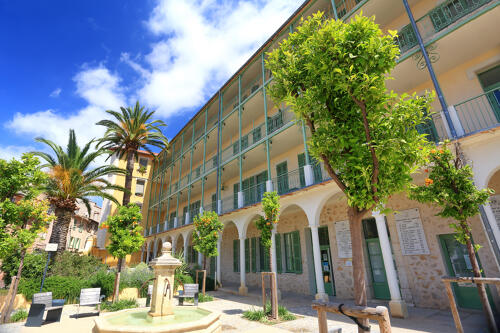
Stroll through the streets of Vence
Let go of the Mediterranean coast and head 20km inland to discover Vence. Like its neighbour, Saint-Paul-de-Vence, there are many artists' galleries. Discover the Place du Peyra and its fountain, the Chapel of the White Penitents, the ash tree which will soon celebrate its 500th anniversary, donated by François 1er...

Switzerland and France are fighting over the shores of the largest alpine lake in Europe: Léman
Bordered on the French side by spa towns (Thonon, Evian, etc.), its Swiss shores have many internationally renowned towns (Geneva, Lausanne, Montreux). Benefiting from a particularly mild climate, the region is proud of an incredible diversity of landscapes, alternating between vineyards, marinas and seaside resorts.
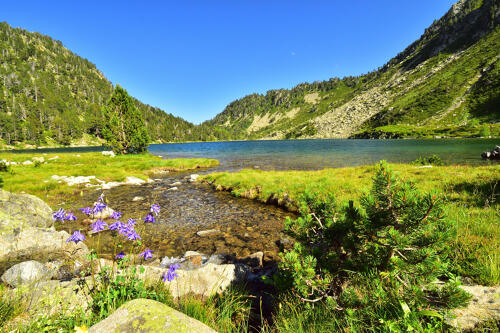
Pyrenees National Natural Park
Created 55 years ago, the Pyrenees National Park explodes with color, thanks to its blue lakes, its orange ponds and its multicolored flowers: lilies of the Pyrenees, aconite napel... Its highest point, the Vignemale or the Cique de Gavarnie are unmissable places not to be missed!
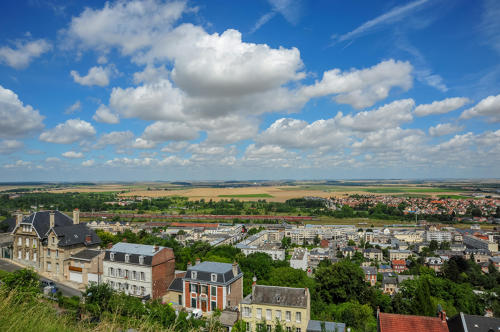
Laon, a city in the middle of nature
Laon is undoubtedly the greenest prefecture, its city center is surrounded by greenery. From the top of Notre-Dame Cathedral (which has the curious feature of having three towers!), You can admire the nature that alternates with the city. After having visited the Saint-Martin abbey, take a ride in the little train, you have to drink a good "broken mouth", a local beer that can be tasted in a beer bar.
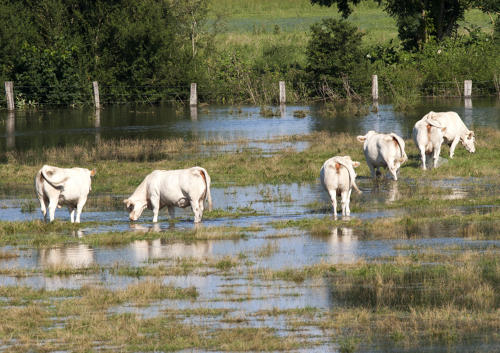
The Meuse, its life, its floods
The navigable part of the Meuse, up to its mouth in the North Sea is known, but the part to the south, up to its source, is less so. The wild aspect of the Meuse, its impetuous character during floods, but also its droughts are highlighted with this report. The flora and fauna have found there a land conducive to their development, especially beavers.

Discover Moulins
Moulins surprises as soon as it approaches, with the bell towers of its church and its cathedral, which rival each other in height, all overlooking the raging Allier river. Moulins makes you want to leave Paris, with its dynamic city center which lights up during the holidays, its many museums including the national costume center which will be wearing the colors of the Rio carnival this winter.
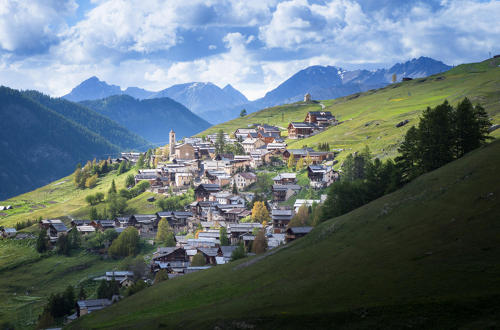
What is the highest village in France?
The 214 inhabitants of Saint-Véran breathe the fresh air, an air at an altitude of 2042 meters, which makes the village the highest in France. The various chapels and the twenty or so sundials give an interesting visit in all seasons!
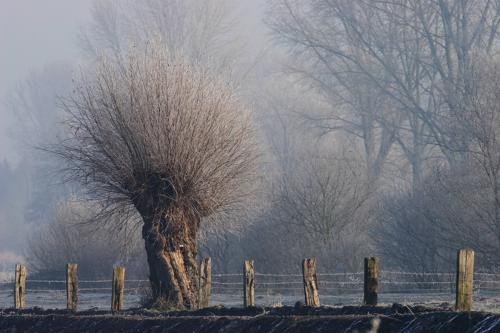
Scarpe-Escaut natural park
The Scarpe and Scheldt valleys contain nearly 13,000 hectares of wetlands. The territory is punctuated by ponds, marshes, wet meadows, canals, peat bogs, ponds, surface and underground water tables.

Pas-de-Calais magnified
Who said the north of France was gray? Pas-de-Calais breaks these preconceived ideas, with the colors of its beaches, fields, skies and even its city of lace! A discovery offered by Yann Avril, described as "photographer of the Opal Coast".

The white of the Vosges this winter
Scandinavia? No, the Vosges under the immaculate snow of our harsh winter! In the natural park of Ballons des Vosges, the lakes follow one another, the lake of the crows, that of Lispach, icy and covered with a white coat reminiscent of the white of the sky.
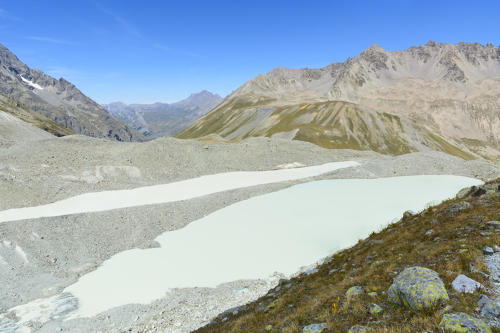
A milky lake
In the Ecrins National Park, the Lac du Glacier d'Arsine is a proglacial lake, that is to say a lake which formed just in front of a glacier and which owes its existence to the latter's meltwater. Like many "white lakes", the milky white color of this lake is due to the abrasion of the rock under the glaciers which are upstream: the flow of the glacial tongue scratches, crushes and polishes the rock, generating a fine ground rock powder (<50 μm), known as "glacial flour". It is this flour that we find in the meltwater of glaciers where it then takes the name of "glacier milk". The microscopic flakes that make up this "milk" are insoluble and of the same density as water. There is therefore no sedimentation and the color is found in the outlets of this lake.

Vichy
You immediately forget Vichy's dark past when you start to visit this city. The thermal architecture, the Art-deco Notre Dame des Malades church with its mosaic ceilings, the curious holiday chalets of Napoleon III and his family are so many feasts for the eyes. For relaxation, the Napoleon III park and all its facilities on the banks of the Allier are perfect. Finally, you have to fill a few bottles at the Célestin spring, accessible to all, to keep some memories in your mouth!
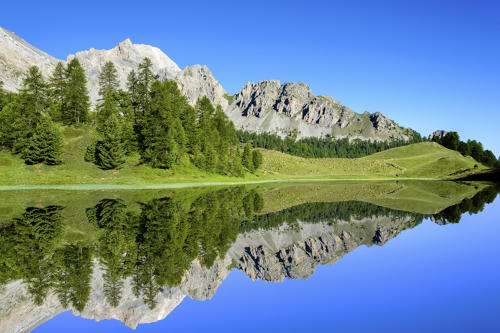
White, black ... or mirror lakes
In the Alps, lakes sometimes have names of colors, white, black, gray, green ... These are generally the colors that the lakes take. The white lakes are heterogeneous. They are generally very blue lakes, and at very high altitude, which are covered with snow eight to eleven months a year. As for the mirror lakes, they are of all colors, because they reflect a grandiose landscape!
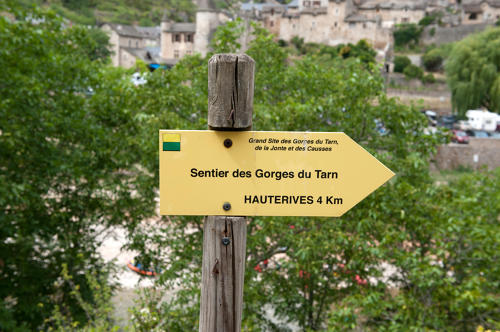
Tarn Gorges, a place to discover for this summer
Kayaking tourism in France focuses a lot on the Ardèche gorges. To avoid the crowds, Lozère also has gorges where the aquatic walks are breathtakingly beautiful, a place to discover.

Lyon and its architecture
From Lugdunum the Gallo-Roman to the current city, Lyon has evolved a lot as evidenced by the architecture of the different districts: Old Lyon with its basilica, its traboules and its medieval streets, but also the Peninsula and the Brotteaux in the Haussmann style, the Part Dieu and its buildings whose construction began in the 1960s, and the rapidly changing district of the Confluence where the industrial heritage is transformed into a museum or offices. The highlight of the city's transformation is the Hôtel-Dieu. It was a hospital whose construction had started in the 17th century and was used as such until October 2010. The buildings which compose it underwent many transformations over the centuries. The redevelopment of the hospital into a commercial complex (hotel, restaurant, shops, etc.) started in 2012 and was not fully completed until 2019.

French forest
In France, there is at least one good news, it is the wooded area that increases each year. According to the National Forest Office, it increases by 0.7% per year, from 14.1 million hectares in 1985 to 17 million today. The climate and varied altitudes offer forests with different faces, the surprising massive cedars from Algeria in the Lubéron to Norman beech forests ...

Musée du pastel, Magrin
Pastel is a magical plant, its flowers are yellow, but it is from its leaves that we get the famous blue dye. It is in a castle near Toulouse that was about to collapse in 1971, that its owners have decided to put this plant in the spotlight.
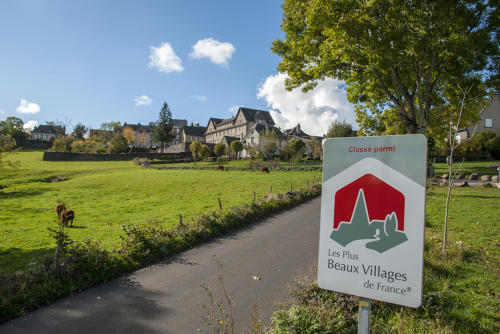
Salers, beau village du Cantal
Salers ... it's a cheese, it's a beautiful cow, but it's also a village of 300 souls, but it looks much bigger. by its size, but also its number of visitors attracted by the recognition of the "most beautiful villages of France". The main square of the village is surrounded by a Renaissance house typical of Haute-Auvergne, in its center, the bust of Ernest Tyssandier d'Escous, the agronomist who renovated the Salers race.
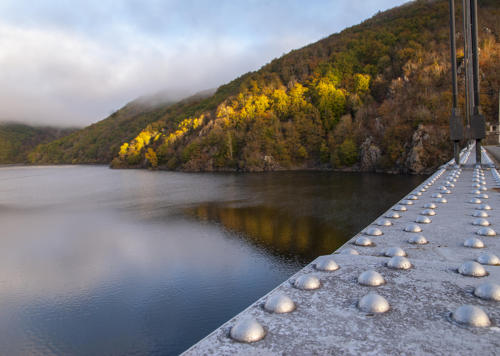
Autumn Cantal
The mountain is not always in summer or winter, why not the Cantal, the middle mountains of Auvergne in autumn, an ideal temperature and beautiful lights: The Puy Mary, the Dordogne River, the Halloween train ! ...
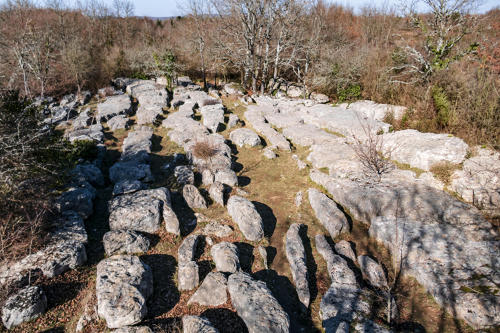
Strange and magical natural labyrinth of Nebias
At the turn of a scrubland in the Aude, an approach walk in the scrubland brings us into a surprising limestone maze, shaped like corridors and bowls ...
Moss-covered rocks alternate with the white of the karst in the middle of a forest that is made up of sometimes very strange trees, such as the lyre fir, or octopus oak ... We then sink into this dark and wet forest dotted with clearings and sinkholes, which make these places peaceful and mysterious. The permanent darkness of some places favors the presence of mosses and lichens that give a green tinge to certain rocky corridors. This site was chosen for its aesthetics and its strangeness and although it is today used mainly as a nature trail, it has been used for a very long time by humans to house cattle, apiaries, crops, etc. It's a nice, magical place for young and old. Each according to his research and the period of his attendance can find happiness, and multiple atmospheres. Whether to meditate and relax, play or walk, or picnicking with family in any case this place will leave no one indifferent!
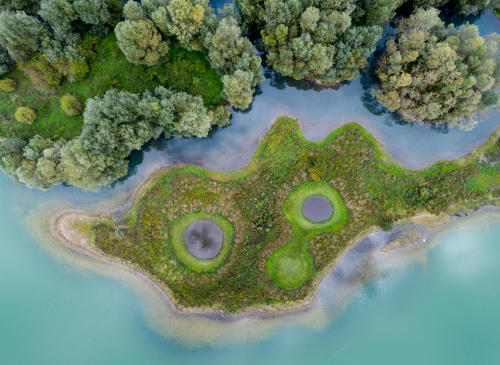
Normandy aerial view
The sea and its bays of Veys or Salenelles, the Seine, its marshes and its estuary, its ponds, old sandpits, abandoned spinning ... here is a wide panorama of Normandy seen from the sky. Nearly 500 photos available ...
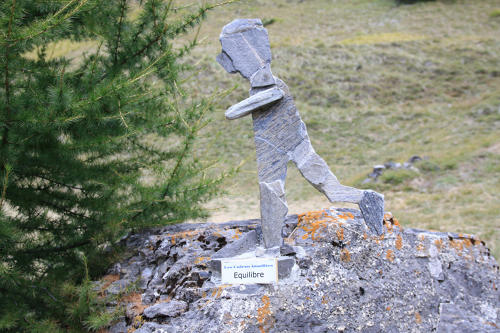
Ceillac Cairn
The local artist Monique Eymard gives strength to the hikers by putting all along the way unusual cairns she created with the stones of the Hautes-Alpes. A stroll for the big but also the small ones.
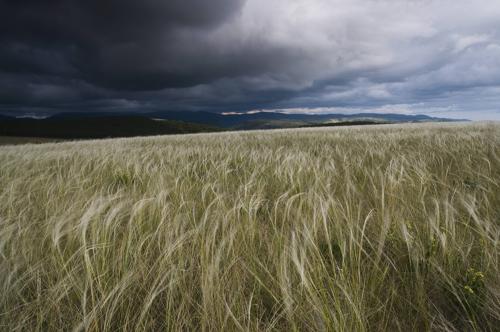
Flowers in Grands Causses
The large limestone plateaus with their almost steppe meadows are hostile, but in spring the rain makes them blaze with the thousand colors of a carpet of flowers. If the long golden hair of the Orphan maidenhair is the most specific of these windy meadows, multicolored orchids also find on this soil a land of choice.
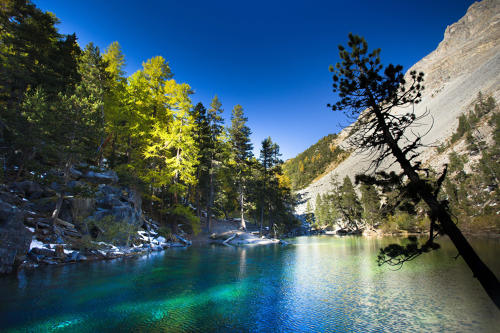
Clarée valley summer
The river Clarée, in the Hautes-Alpes is very lucky. Throughout her journey she crosses landscapes of exceptional beauty. If she could get out of bed and climb to the heights, she would discover a plethora of lakes, such as the beautifully named Lake of Snakes or Lake Cristol.

Picardy Belfry
Picardy is rich with belfries, these monumental works containing the bells. There is that of Saint-Quentin, this city was one of the first in France to have its belfry, symbol of the relative autonomy of the town compared to the lord or that of Rue which is classified in the world inheritance of the Unesco.

Granville carnaval
From 1st to 5th March 2019 will be held the 145th carnival of Granville, in the English Channel! For two years now, the Carnaval de Granville has been inscribed on the list of the Cultural and Intangible Heritage of Humanity by UNESCO! The carnival story is linked to the maritime history of Granville. At the time when cod fishing was the main activity of the port, boat departures took place around Mardi Gras. The carnival was their last party on land before going to sea ...
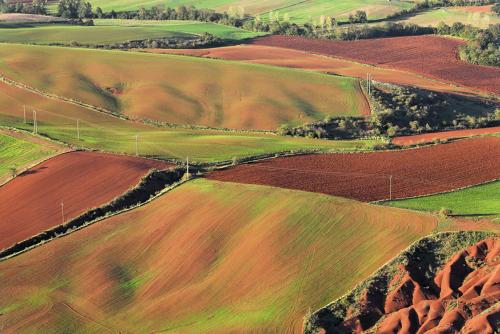
Red ground
Ask a child in the south of Aveyron what color is the earth, he will not answer you brown, but red! Indeed, the soil of the whole region which is called Rougier de Camarès is composed of red argillite, rich in iron oxide which gives it its beautiful color creating unique landscapes.
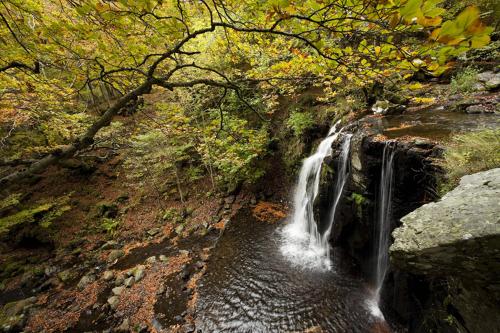
Autumn Aubrac
Why not go relax during the holidays of Toussaint in the highlands of Aubrac? These volcanic highlands of Auvergne are interspersed with rivers and waterfalls to discover.

Reims and its cathedral
Like many cathedrals, Notre-Dame de Reims has undergone multiple stages in its construction. Restored during the twentieth century after the damage caused by the bombings of the 14-18 war, it is now majestic and is a centerpiece of tourism in Champagne. Its facade, its windows, its statues, its chapels ... reveal its long history with not less than 31 monarchs who were sacred within it. And a walk around the cathedral also allows beautiful discoveries.

Chinon and its fortress
Due to its strategic position, its rocky outcrop, the fortress of Chinon imposes a lot. We can not forget that it is within its walls that Joan of Arc has recognized the dolphin Charles VII. But the city also has very ancient origins, evidenced by the troglodyte dwellings located on the banks of the Vienne.

Rivau castel and its gardens

Party of the apple
Autumn returns with its fruits and its traditional holidays. October 14, Revel in Isère will celebrate the apple, and its 20th anniversary. The fruit most consumed by the French will be transformed into juice by ancestral techniques.
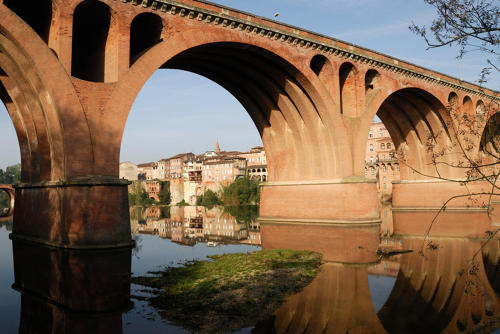
Albi
Like Toulouse rose, Albi also has its color, red. It is its bricks present on its cathedral and in its historical center which are at the origin. In 2010, it is the consecration with the classification at UNESCO of the episcopal center including the cathedral, but also the palace of Berbie, the Old Bridge and the banks of the Tarn.

Peyrepetuse: Perpetually Cathar
This Cathar castle has already attracted more than three million visitors in thirty years. Among the five castles called the five sons of Carcassonne, it was the largest which earned him the nickname "Carcassonne celeste". Today, it is one of the places that the department of Aude has put forward for its candidature to the world heritage of humanity.

In the heart of the Ecrins
La Meije, the lake of the shower, the glacier of Arsine .. so many places that belong to the Ecrins Mountains. Here it is in all seasons, under the white of the winter, the autumnal orange of the larches, the turquoise of its lakes in summer ...
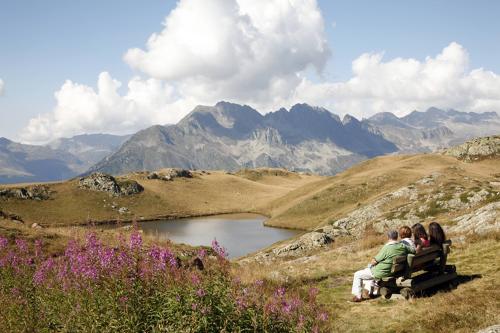
Alpine lake
The Alps have countless lakes. Everyone can find his happiness according to his preferences: wild or urbanized, accessible in a few steps or in a few hours, altitude or valley, tinged with blue or turquoise, natural or artificial ... All combinations are possible; it's up to you to discover the one that suits you!
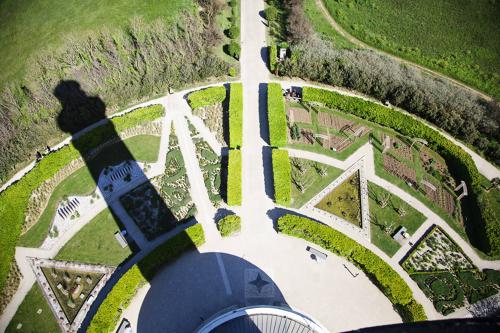
The sentinels of our coasts
From the oldest lighthouses on the Atlantic coast dating back to the 15th century, like the Lantern at La Rochelle until today, their rotating lights watch over our boats. It is the end of time when sailors were to beware of shipwreckers who, with lanterns around the donkeys' necks, mimed the lighthouses to make the ships fail better! With the means of geolocation, their roles have gradually deviated to tourism, every summer, thousands of brave climb their steps in search of beautiful panoramas!
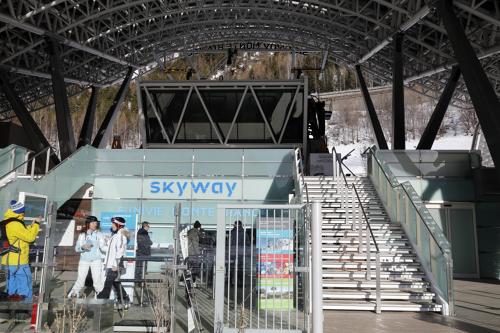
Courmayeur, the Skyway, the other side of Mont Blanc
Inaugurated in July 2015, this cable car gives access by the Italian side to the Mont Blanc massif and allows those who wish to join the Aiguille du Midi
From Italy. On this route, the intermediate stage of the Pointe Helbronner is a real pleasure of the eyes: Crystal gallery, panoramic terrace, breathtaking view
On the Mont Blanc of Tacul, the big Jorasse and many other heights.
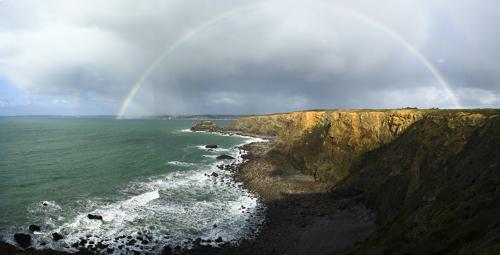
The end of the world
Discover the Finistère panoramic version.
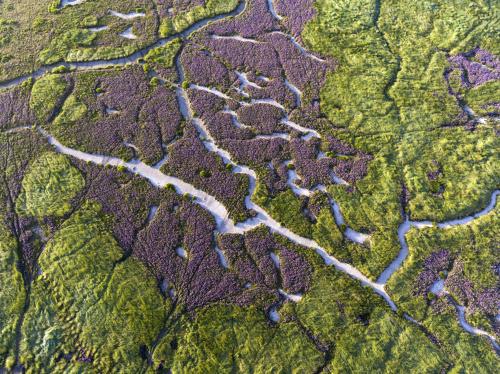
One of the most beautiful bays in the world from the sky ... in France
Follow the channeled Somme to its bay. The sea lilies are like purple lungs punctuating the salt meadows. Colors that have always been a source of inspiration for painters like Degas or Corot ...
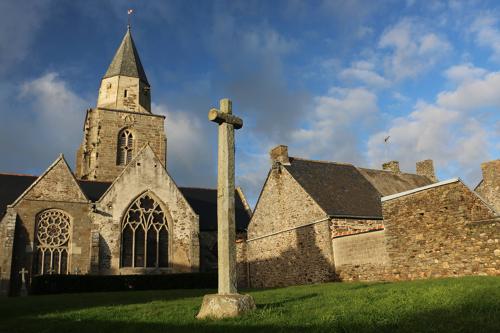
What to do during the long bridges that await us?
Discover the "most beautiful villages of France", 156, in 69 departments benefit from this label which celebrates its 35 years in 2017. Avoid the pitfalls of the village-museum without soul or, conversely, those of the "park of attraction "is the ambition of this association.

Dans le Cher, on n'a pas la mer, mais on a des idées!
Graçay, 1500 inhabitants, in the center of France did not give up tourism. He declared himself the most funny village in the world. Its inhabitants have played with words and the whole village is dotted with humor: the Clause garden panel has been decked out with the "house" prefix, banknotes dry on top of agricultural credit ... a journey that Amuse young and old!

The treasures of the Alpilles
The regional natural park of Alpilles is the last rocky outcrop in the north of the department of Bouches du Rhône before the great plain of Crau and the fertile delta of the mighty river. This small territory is full of treasures. Right next to the charming village of Saint Remy de Provence on the archaeological site of Glanum one can easily observe Gallo Roman monuments astonishingly well preserved. At Les Baux de Provence, we visit the vast and massive castle, carved out of the rock, a soft sandstone limestone. To access this large fortified platform we cross one of the most beautiful villages of Provence. Less known Calès site just above Lamanon also offers troglodyte habitats that were inhabited until the early twentieth century. A beautiful ride, flexible in the routes, to discover habitats in the rock, dozens of caves, natural arches and vestiges of chapels of the Middle Ages. All the surrounding hills are covered with olive trees, almond trees, fig trees and vineyards. The Alpilles are one of the most beautiful and quiet territories of the land of Provence.

1001 visage du Mont
1001 face of the mount
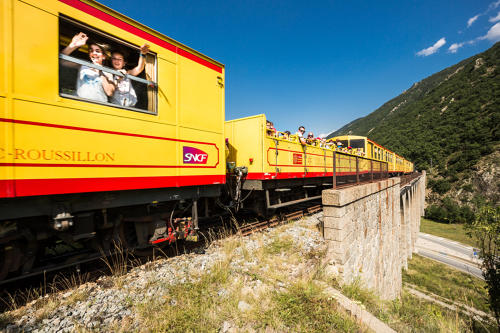
The yellow train: maintaining a small line
Every day, all year, the Yellow Train travels the 63km of line between Villefranche de Conflent and Latour de Carol, thus serving the 21 stations located on its route, along the valley of the Tet and the plain of Cerdagne . Its line, a UNESCO World Heritage Site in 2002, was inaugurated in 1910 with the aim of opening up the Catalan Pyrenees high townships. Possessing the highest station of the SNCF network, with Bolquère station located at 1593m above sea level, the yellow train and its line benefit from some peculiarities of which its gauge of rails of a meter (contrary to 1.435m "classic"), its power supply by third rail (and catenary) whose production is carried out by many hydroelectric facilities such as the famous dam Bouillouses. Famous, as 2 of its 29 bridges and viaducts, the bridge Séjournée overlooking the Têt 65m high or Cassagne bridge (now Gisclard), 15m higher. Falsely considered as a tourist train, because of its discovered wagon or its slow speed (between 30 and 40km / h), it is still to this day a TER of the Occitanie region, carrying nearly 400 000 travelers per year and allows to make the link between the Catalan Country and the Toulouse region via the Latour de Carol station. The successive struggles of railway workers and users for the survival of the line also marked the territory.

Est-on bien en France

Apocalypse... en Normandie
Apocalypse ... in Normandy

Bretagne nocturne
Britain nocturne
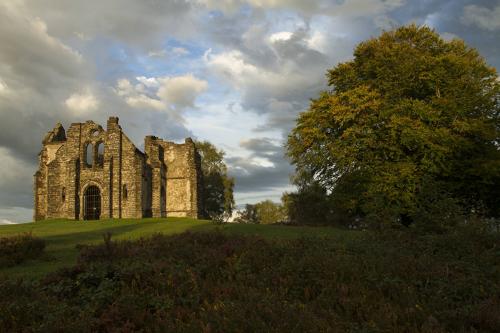
Préparez les vacances de Toussaint: Parc des Millevaches
Prepare the holidays of Toussaint: Parc des Millevaches
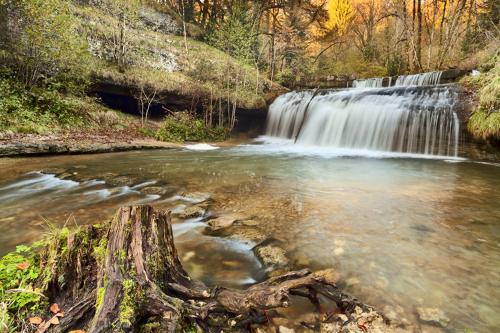
Les quatre saisons du Hérisson
The four seasons of the Herisson falls
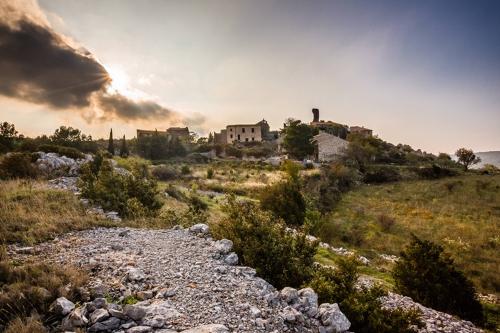
Périllos: village fantôme
Perillos, ghost village
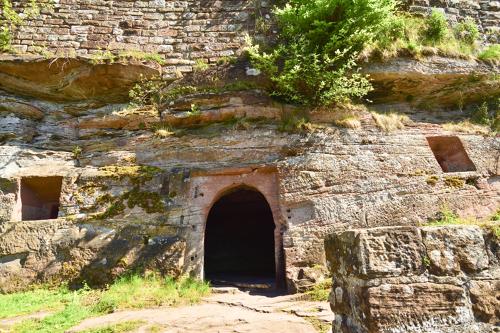
Quatre heures de marche: quatre châteaux !
Four hours, four castle !

Au coeur de la procession de la Sanch
Sanch Procession
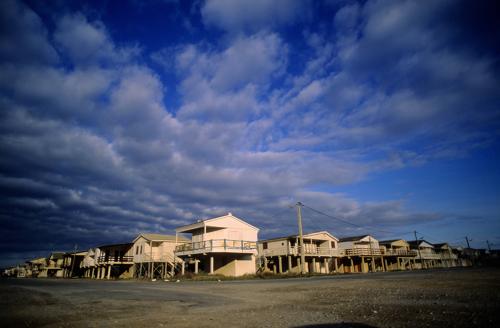
The chalets of 37.2 in the morning

Daffodils feast
Tous les deux ans, à Gérardmer dans les Vosges, la ville se pare de jaune. Créée en 1935, elle avait pour but de dynamiser le commerce locale. Pari réussi, la prochaine se tient le 9 avril 2017.
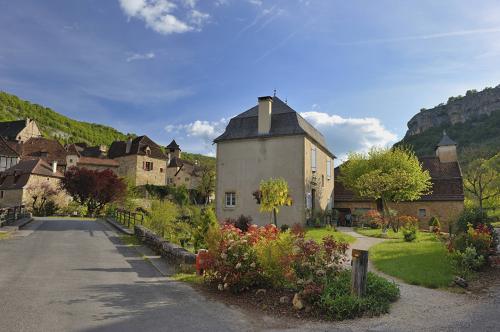
The lot and its "batch " of surprises
Tout le monde connait Rocamadour sur son impressionnant rocher. Mais qui a déjà visité Autoire, Cardaillac ou Loubressac, des villages du Lot pourtant classés dans les "Plus beaux villages de France". Détour dans ce département, agréable en toute saison.
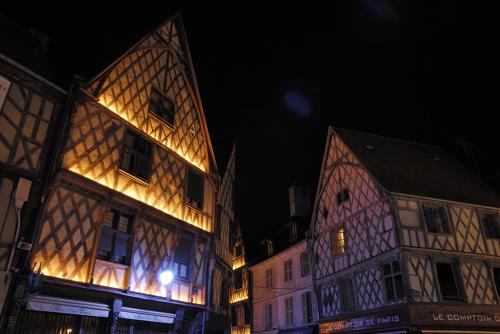
Bourges, in the heart of France, homeland of Naturimages!
Il n'y a pas que le "Printemps" à Bourges !
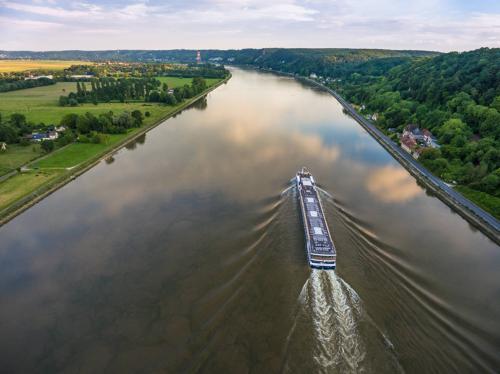
The Seine, view from above
La Seine en aval de Paris présente ses méandres, ses ponts impressionnants, ses péniches, et sa vie active grâce à ses industries.
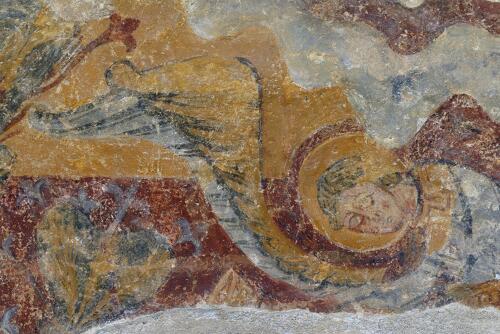
La petite église qui attirait les japonais au coeur du Berry
Elle semble bien classique de l'extérieur, mais l'église de Chalivoy-Milon recèle un trésor, des fresques d'une grande finesse du 12ème. c'est un car de japonais arrivé en 2007 qui réveilla le petit village d'à peine 400 ames. aujourd'hui, il y a 700 visiteurs par ans, un succès plus important que le printemps de bourges! toutes proportions gardées.

The Stone Ball
La Corse est le paradis de l'érosion délirante et de la géologie attractive avec des milliers de blocs de granite aux formes improbables. Les Calanche de Piana et ses pléthores de rochers aux milles contorsions ou à Bavella on découvre les Tafoni et ses centaines de trous et de fines dentelles.

Guadeloupe
Another look at this island ... also discovered fauna and flora .
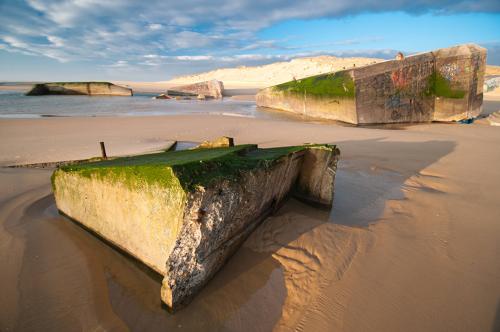
Bunkers destiny
They are on all the coasts of France and even in the land, bunkers are part of our landscape, we do not even notice it anymore. Converted into shelters for bats, half destroyed by the waves, their destinies are different. Attention in the dunes, sometimes only son of rusty iron remain.
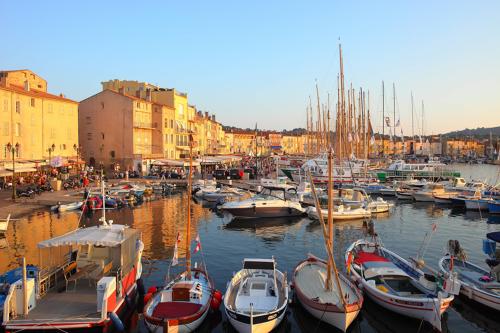
Mythic Saint-Tropez
We know the side "jet set" of "St-trop", but do not forget that St. Tropez is also a citadel and was a fishing village ...
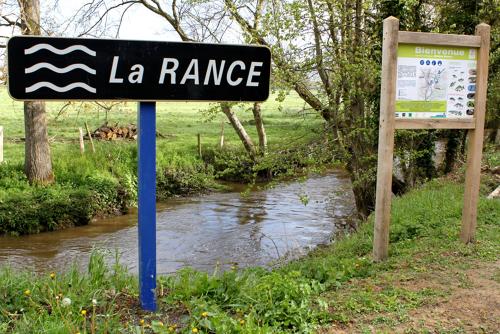
The Rance: breton river
100km long, the Rance crosses the coast-d'Armor and Ille-et-Vilaine. From its source, it quickly takes the scale, then it is a channeled before resuming his freedom at its pier in the Channel moment.
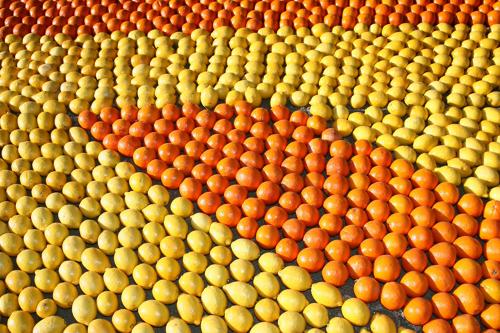
Lemon: her birthday in Menton and its transformation
In 2013, it will be the 80th anniversary of the lemon festival in Menton. February 16 to March 6, the city crumbles under the only decorations made of citrus. At the same time, discover the recipe for limoncello, a liqueur made from lemons.
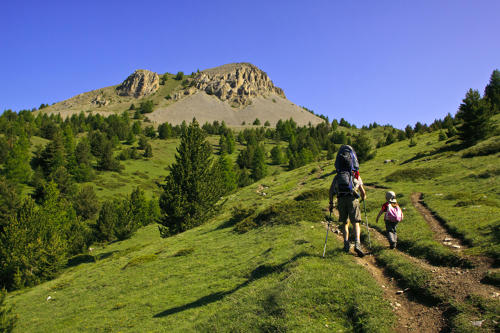
Alps discover for children
What better than a theme park to entertain children during the summer holidays! But not just any one is unique is the Queyras Regional Park. Maia and Noah set off to explore this vast playground: observe marmots, build cabins, have fun along the rivers, etc. activities abound for their greatest joy.

Storm over Paris
Paris by night, we know .. but the light that falls on the Eiffel Tower, it was necessary to seize the moment!

Vercors mountain in winter
straddling the Drome and Isere, Vercors, massive regional park is a corner of the Alps protected from large winter rush.

Kingdom of trees and water: The Sologne
Straddling three departments of the Centre, Sologne this one area in France. With over three thousand lakes created, mostly by man, a forest ubiquitous on almost three quarters of its surface, heath, wet meadows and bogs, it has built a strong image, very symbolic in the French imagination.
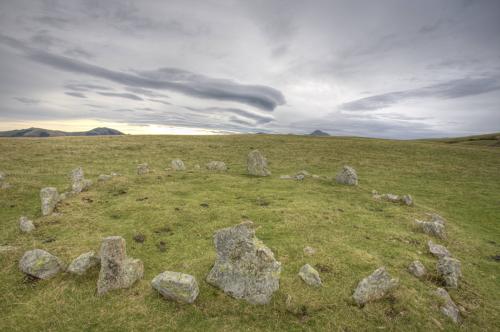
Okabe cromlechs
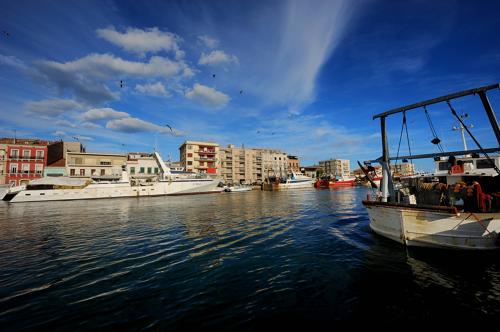
Sète, the Radiant Island
